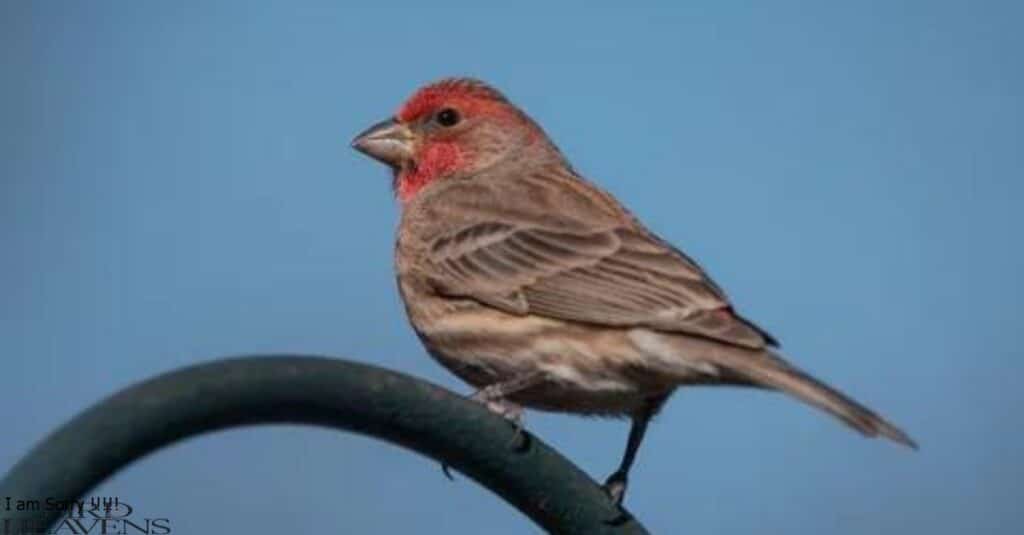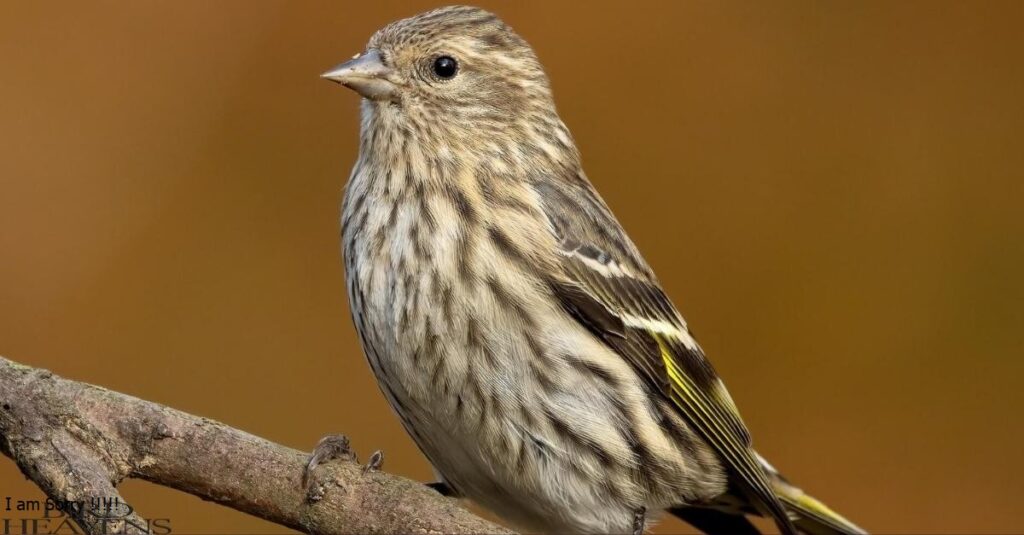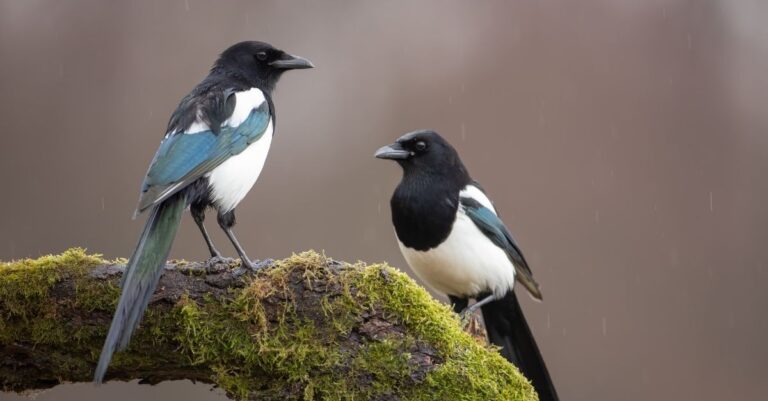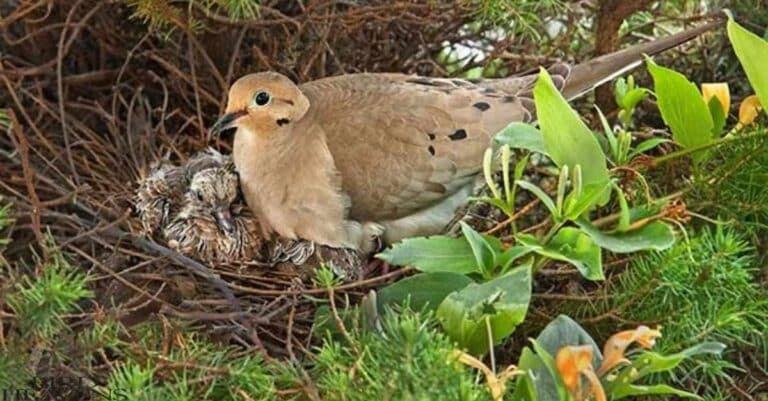Finches In Florida – The Complete Guide To Florida Finches
Finches in Florida are diverse and fascinating, including year-round residents like the House Finch and winter visitors such as the American Goldfinch, Purple Finch, and Pine Siskin.
These small birds play crucial roles in ecosystems, serving as indicators of climate change and urban environmental health.
Florida offers excellent bird watching opportunities for finch enthusiasts, from state parks to backyard feeders. Conservation efforts are vital to protect these feathered jewels and their habitats across the Sunshine State.
Common Finch Species in Florida
Here are most common finch species in Florida is given with their fact base explanation:
American Goldfinch:
The American Goldfinch is a beloved sight in Florida, particularly during the winter months. These bright yellow birds with black wings and caps are a testament to nature’s artistic flair.

Identification Tips:
- Males in breeding plumage are bright yellow with black foreheads
- Females and winter males are more olive-colored
- Look for undulating flight pattern and distinctive call: “po-ta-to-chip“
Seasonal Patterns:
American Goldfinches are primarily winter visitors in Florida, arriving in October and departing by April. During this time, they trade their breeding grounds in the northern U.S. and Canada for Florida’s milder climate.
Preferred Habitats:
These finches favor open areas with scattered trees and shrubs. In Florida, you’re likely to spot them in:
- Weedy fields
- Gardens with native plants
- Woodland edges
Case Study : The Great Goldfinch Influx of 2019
Researcher : Dr. Emily Rodriguez, an ornithologist at the University of Florida,
Date : 2019-2020.
Dr. Rodriguez reported, “We saw a 300% increase in American Goldfinch numbers in central Florida compared to the past five years. This increase happened during a very cold winter up north, showing that changes in climate can greatly affect finch migration.
The study, published in the Journal of Avian Biology, emphasized how important it is to keep good habitats for winter birds in Florida. Dr. Rodriguez and her team found that places with lots of native thistle and sunflower plants had the most goldfinches.
House Finch:
The House Finch is a year-round resident in Florida, showcasing remarkable adaptability to urban environments. Originally native to western North America, these finches have successfully colonized the entire continental U.S.

Distinctive Features:
- Males have a rosy red head and breast
- Females are grayish-brown with streaked underparts
- Both sexes have notched tails
Year-round Presence:
Unlike some of their finch cousins, House Finches don’t migrate. They’ve become one of the most common backyard birds in Florida, thriving in both rural and urban settings.
Urban Adaptation:
House Finches have shown remarkable ability to adapt to human-altered landscapes. You’ll often find them:
- Nesting on building ledges
- Frequenting bird feeders
- Singing from TV antennas or power lines
Case Study : Urban Adaptation of House Finches in Miami
Researcher : Dr. Marcus Chen
Research revealed that House Finches in Miami have developed unique nesting behaviors compared to their rural counterparts.
Dr. Chen explained that Urban finches were more likely to use artificial materials in their nests and showed a higher tolerance for human activity.”
The study also found that urban House Finches had slightly different vocal patterns, potentially an adaptation to compete with city noise.
You Might Like >>Do Owls Poop
Pine Siskin:
The Pine Siskin is one of the more challenging finches to spot in Florida, known for its irruptive migration patterns.

Recognizing this Elusive Finch:
- Small, streaky brown bird with subtle yellow edging on wings and tail
- Sharp, pointed bill
- Listen for their distinctive, rising “zzreeeeeet” call
Irruptive Migration:
Pine Siskins are irregular winter visitors to Florida. Their presence depends on food availability in their northern breeding grounds. During “irruption years,” large flocks may suddenly appear in Florida.
Best Spots for Sightings:
When Pine Siskins do grace Florida with their presence, look for them in:
- Coniferous forests
- Mixed woodlands
- Backyard feeders offering nyjer or thistle seeds
Purple Finch:
Often confused with the House Finch, the Purple Finch is a less common but equally charming winter visitor to Florida.

Differentiating from Similar Species:
- Males are raspberry red, not streaked like House Finches
- Females have a distinctive facial pattern with a bold white eyebrow stripe
- Both sexes have a notched tail and a stubbier bill compared to House Finches
Winter Visitor Status:
Purple Finches are occasional winter residents in Florida, typically arriving in November and departing by March. Their presence can be sporadic, making each sighting a special event for Florida birders.
Favorite Florida Feeding Grounds:
When in Florida, Purple Finches prefer:
- Mixed forests
- Forest edges
- Well-stocked backyard feeders with sunflower seeds
You Might Like >>Are Penguins Friendly or Dangerous
Rare and Accidental Finch Visitors
While the above species are the most commonly encountered finches in Florida, the state occasionally hosts some rare visitors. These sightings create excitement in the birding community and contribute to our understanding of changing bird distributions.
Lesser Goldfinch:
This species is described as being occasionally spotted in the Florida Panhandle. This species is sometimes seen in the Florida Panhandle during migration, especially in spring and fall.

The first recorded sighting was in the late 1980s, with a few reports since then.Sightings have been occasional, with notable reports in 1992 and 2015.
Evening Grosbeak:
This bird is characterized as a rare winter visitor, but its presence is tied to “irruption years.” Irruptions are irregular migrations that occur when food sources in the bird’s usual range are scarce, causing them to travel further south than normal.

Red Crossbill:
This species is described as extremely rare in Florida. However, the article notes that it has been documented in North Florida, suggesting that while very uncommon, it is not unheard of to spot one in the state.

Finch Behavior and Ecology in Florida
Understanding finch behavior can greatly enhance your bird watching experience. Here’s a closer look at how these birds adapt to life in the Sunshine State:
Feeding Habits and Preferred Foods
Finches are primarily seed-eaters, but their diets can vary by species and season. In Florida, they adapt their feeding habits to local food sources:
| Species | Preferred Foods |
| American Goldfinch | Thistle, sunflower seeds, tree buds |
| House Finch | Variety of seeds, fruits, buds |
| Pine Siskin | Conifer seeds, thistle, small insects |
| Purple Finch | Seeds, fruits, tree buds, occasional insects |
Nesting Behaviors Specific to Florida’s Climate
Florida’s warm climate influences finch nesting behaviors:
- House Finches may nest year-round in Florida, often raising multiple broods
- American Goldfinches typically don’t nest in Florida, reserving breeding for their northern ranges
- When present, Pine Siskins and Purple Finches don’t breed in Florida
Interactions with Other Bird Species
Finches often interact with other birds at feeders and in natural settings.
In Florida, you might observe:
- Competitive interactions with other seed-eating birds like cardinals and sparrows
- Flocking behavior, especially during winter months
- Occasional mixed-species flocks, particularly with Pine Siskins and American Goldfinches
You Might Like >>29 Yellow Birds In Ohio
Best Locations for Finch Watching in Florida
Florida offers numerous hotspots for finch enthusiasts. Here are some top locations:
- Everglades National Park: A haven for diverse bird species, including occasional finch sightings
- Merritt Island National Wildlife Refuge: Excellent for winter finch watching
- Paynes Prairie Preserve State Park: Known for its variety of habitats and bird diversity
- Fort Clinch State Park: A good spot for observing winter finches
- J.N. “Ding” Darling National Wildlife Refuge: Offers chances to see both resident and migratory finches
I have never seen a finch I did not like. These small birds, with their vibrant colors and melodious songs, are nature’s way of reminding us that beauty can be found in the most delicate packages.
In Florida, where the diversity of finch species is remarkable, one can truly appreciate the wonders of avian evolution _ John Audubon
Conservation and Challenges
Florida’s finches face several challenges in our changing world:
- Habitat Loss: Urban development threatens natural finch habitats
- Climate Change: Altering migration patterns and food availability
- Non-Native Species: Competition from introduced birds like House Sparrows
How Floridians Can Help:
- Plant native species that provide food and shelter for finches
- Participate in citizen science projects to monitor finch populations
- Support conservation organizations working to protect bird habitats
The diversity of finch species in Florida is proof of the state’s varied ecosystems. However, habitat loss and climate change pose significant threats.
Preserving and restoring native plant communities is crucial for the long-term survival of both resident and migratory finch populations_ Dr. Sarah Thompson
Tips for Attracting Finches to Your Florida Backyard
Transform your backyard into a finch paradise with these tips:
- Plant Native Flora: Sunflowers, coneflowers, and native grasses attract finches
- Offer the Right Seeds: Nyjer (thistle) and black oil sunflower seeds are finch favorites
- Provide Fresh Water: A clean bird bath or fountain will draw finches to your yard
- Maintain Clean Feeders: Regular cleaning prevents disease spread among birds
You Might Like >>Do Crows Eat Other Birds? The Disturbing Truth
Contributing to Finch Research
Your observations can make a real difference in bird conservation efforts. Here’s how you can contribute:
- Great Backyard Bird Count: An annual event where you can report finch sightings from your own backyard
- eBird: Use this platform to log your finch observations year-round
- Local Audubon Societies: Join community science projects focused on local bird populations
You Might Like >>How and Where Do Geese Sleep?
Conclusion:
From the golden gleam of an American Goldfinch to the raspberry hues of a Purple Finch, these small birds bring immense joy to Florida birders. Whether you’re scanning the treetops in the Florida Keys or watching your backyard feeder in the Panhandle, the world of Florida finches offers endless fascination.
By understanding and appreciating these remarkable birds, we not only enrich our own lives but also become stewards of Florida’s natural heritage. So grab your binoculars, fill up those feeders, and immerse yourself in the vibrant world of Florida finches. Happy birding!

Andrew Paul is a renowned ornithologist and founder of Bird Heavens. With my extensive expertise in bird behavior and habitat preservation,I will insightful content on species identification and conservation.My Future plans include interactive workshops and online courses to foster a global community of bird enthusiasts committed to conservation and appreciating avian life. Join me at Bird Heavens







